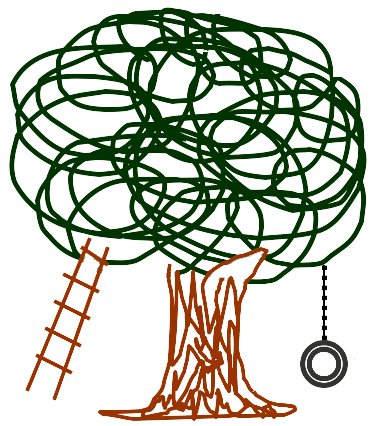Classroom Management
This versatile tool provides a wide variety of classroom management opportunities
to enhance instruction in your classroom! When a student is in need of assistance, the specially designed Flagbee can rotate up on its swivel to an upright position. This quiet signal for help minimizes class disruptions and notifies the teacher that help is needed, while keeping the students on task to continue working.
When students raise their hand each time they have a question, they become disengaged. Flagbees help students attempt to problem solve on their own while they are waiting for teacher assistance. Many times a student may lower his or her own Flagbee without teacher intervention, because they have come up with the solution on their own. Below are a few ways to utilize Flabgee in your classroom:
- Use several different colored flags to easily identify learning styles/levels
- Implement management and grouping techniques
- Provide for differentiated instruction.
- Create a more efficient classroom.
The beauty of the Flagbee is that you are not investing in a classroom manipulative that will only be used for one specific lesson or one season of the school year. The Flagbee can be utilized all day, every single day of the year! Once you've implemented the Flagbee in your classroom, we're confident you'll never want to conduct another class without them.
Creative Ways to Use Flagbees in Your Classroom
Finished With a Task:
Before students begin working on an independent assignment that must be completed in class, such as morning warm-up or bell work, give them direction to raise their Flagbee once they have completed their work. This gives teachers the ability to quickly assess how many students have completed the task and have moved on to the next assignment.
Differentiated Instruction:
After giving students a Learning Styles Evaluation, use different colored flags as a visual reminder to identify the learning style of each student. This is also helpful in placing students in instructional groups for cooperative learning activities and ability grouping.
Quiet Questioning:
During work time, students can circle a question that they are struggling with and raise their flag to request assistance. There is no longer a need for students to stop working, raise a hand, and waste precious class time waiting on the teacher. They can continue to work and are often able to figure out the answer while working. Students are able to accomplish more and build self-efficacy at the same time.
Idea Sharing:
To ensure that all students have the opportunity to share ideas, ask students to raise their Flagbee after their turn. The teacher can quickly assess who still needs a chance to participate. Outspoken students learn to listen to others, and quieter students must be involved.
Grouping and Instruction:
Make center time or giving directions easier by directing students based on different colors of flags. For example, “Yellow flags get your math kits; blue flags get books, and green flags move to the chalk board.” This eliminates confusion and traffic jams.
Read Aloud in Class:
You may have a group lesson for the entire class in which you require each student to read aloud. As students take turns, instruct them to raise their Flagbee after they've read. Now at a glance, teachers can see who still needs to read without having students compete to be next.
Class Voting:
Students love to vote on class activities with their Flagbees, too. Simply ask the question and students raise or lower their flag based on their opinion.
Applied Technology/Computer Labs:
When students are placed in small work groups throughout the room, they may be working through modules at designated workstations. The instructor’s primary management technique is to support the active learning through facilitation. This is the perfect opportunity to implement Flagbees as the primary signal that indicates assistance is needed, while students continue to problem solve. Trained instructors, understanding the art of facilitation within this type of setting, absolutely need a signal device. The Flagbee is the perfect solution!
Lunch Count:
Upon entering the classroom in the morning, students raise flags to indicate a hot lunch. The teacher can see at a glance who is eating a school lunch, and the class can continue to prepare for the day by sharpening pencils, handing in homework, etc. without interruption.
Spelling Bee or Team Relay:
You may have team relays as two or more groups or individuals compete to answer questions when reviewing for a test or conducting a spelling bee. To begin, have every student raise his or her Flagbee. When a student answers correctly, you simply move on to the next person. When a student answers incorrectly, he or she must lower their Flagbee and is considered out of the competition. The last Flagbee remaining upright wins the relay or spelling bee.
We are confident you’ll discover many other instructional strategies that will enhance teaching and learning in your classroom!

